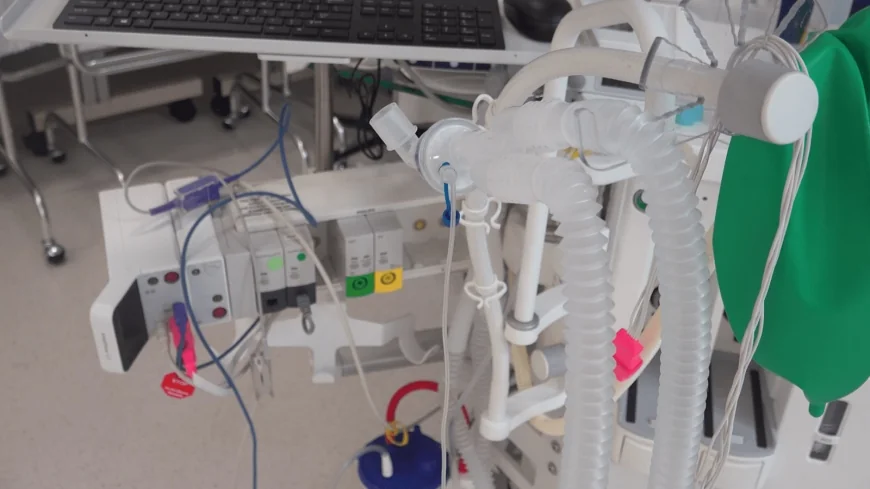VCU’s Standardized Patient Program prepares medical students to speak with patients

RICHMOND, Va. (WRIC) -- Through VCU's Standardized Patient Program, actors find themselves on an uncommon stage and medical students find themselves practicing to perform difficult conversations. It combines performing arts and real-world medical practice.
'We spend time figuring out how we create this real person," said Stacie Rearden Hall, Program Coordinator for VCU's Standardized Patient Program.
In the program, actors are trained to portray a variety of medical scenarios which, in turn, prepares medical students to diagnose and speak with patients during practice.
Ailments range from simple to complex -- students start off diagnosing and discussing things like sore throats, and later it becomes mental health crises or people in hospice care.
"We found that, just starting with the basics of communication and care and centering people, is really key," said Chandler Hubbard, a standardized patient.
"[Standardized patient] workshops give them a safe space to have those emotional reactions that they might have when they encounter a patient who's made at you for the first time," said Kimberly Pedram, Practice of Clinical Medicine Course Director. "How do you handle someone that doesn't like what you're having to say? How do you work through giving someone bad news?"
For Hubbard, the standardized patient job he's had for years hit especially close to home recently. He spent a week in the ICU with his best friend, Adam Turck, who was being kept on life support.
Turck was shot on Aug. 2 in the 2000 block of East Grace Street. The news rocked the local theatre community.
"I did have an experience recently where I sort of saw the other side of what I do," Hubbard said. "The ways in which you can tell immediately that someone has been trained to focus on patient care is really evident."

(Photo: Chandler Hubbard)

(Photo: Chandler Hubbard)

(Photo: Chandler Hubbard)

(Photo: Chandler Hubbard)

(Photo: Chandler Hubbard)
"There's a huge difference between a physician who sees a patient as a problem and a physician who sees a patient as a person," Hubbard said. "It seems really simple to say but it's not simple at all."
"You don't want the first time someone telling a family member, 'hey, your family member is not going to make it,' you want them to have tried it a few ways," Rearden Hall said.
Rearden Hall said, not only is this a safe space for medical students to fail and learn from their mistakes, an added benefit is the standardized patients' improved abilities to advocate for themselves at doctor's appointments.
"Art can do so much in the real world," Rearden Hall said.

 VENN
VENN 





